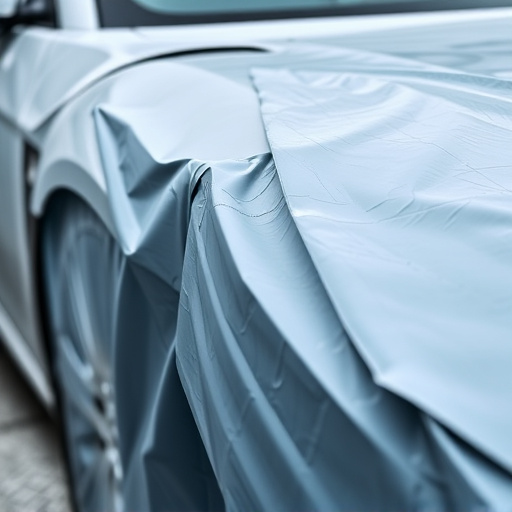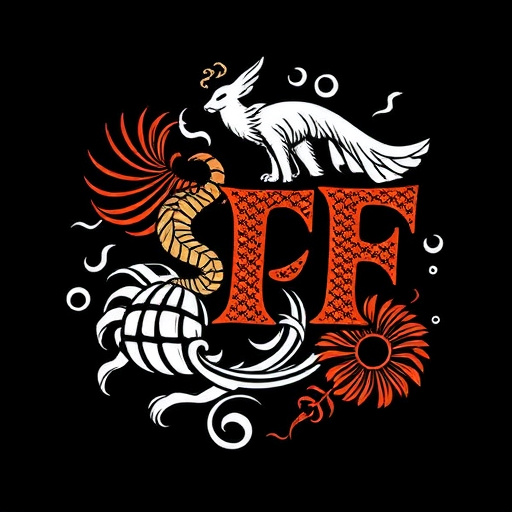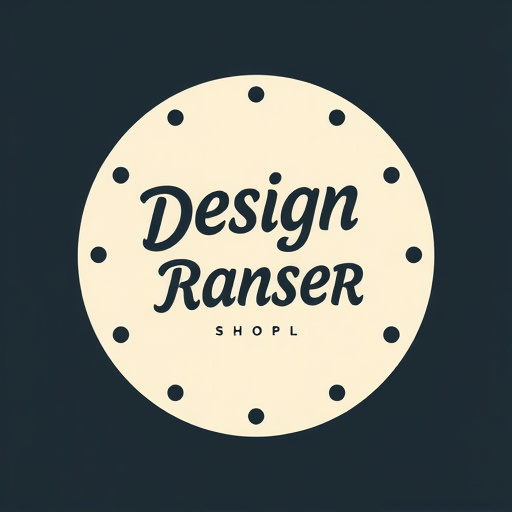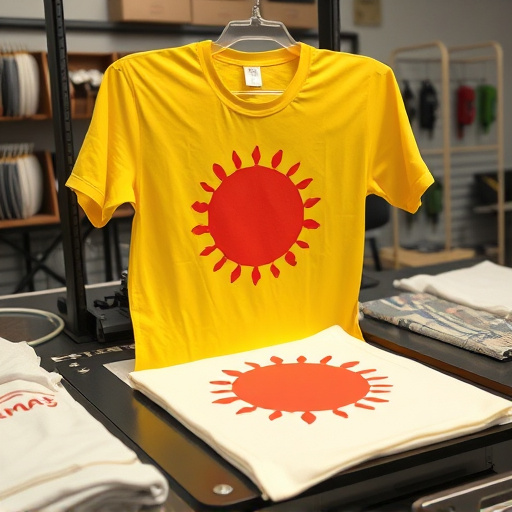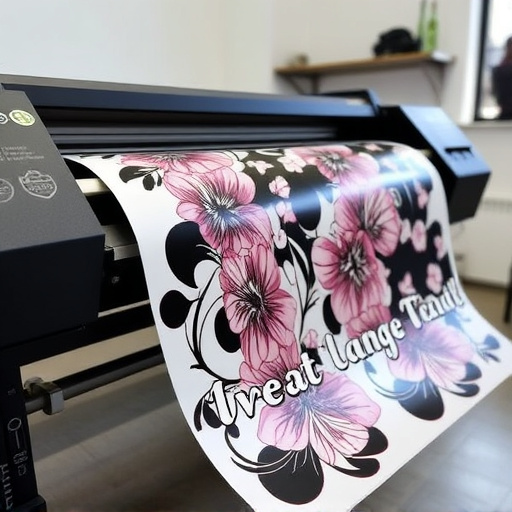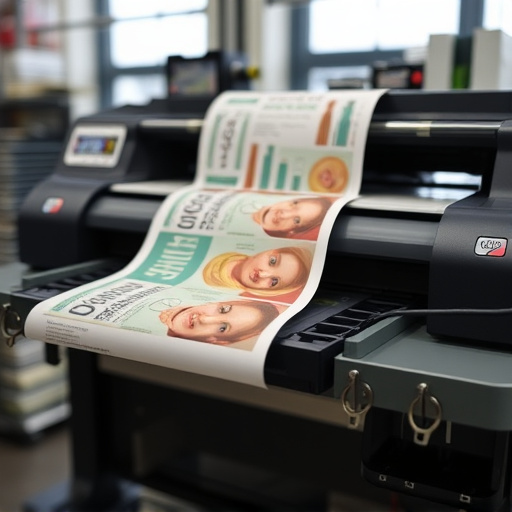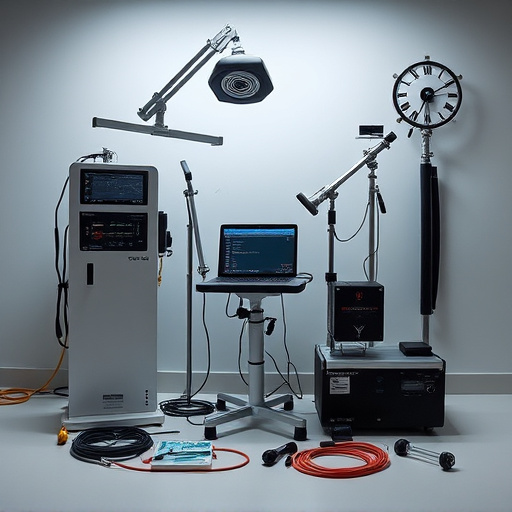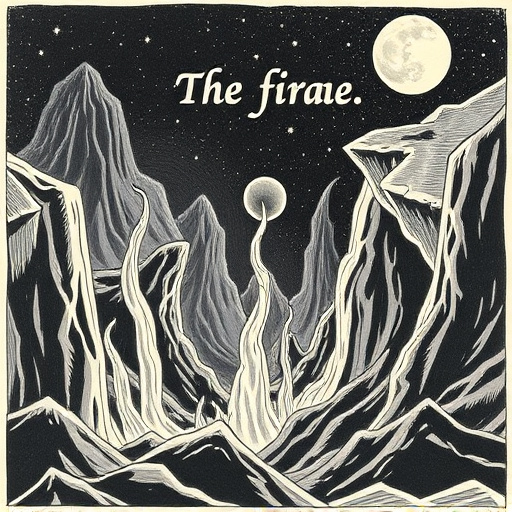DTF (Direct to Fabric) printing is transforming custom graphic tees and clothing by offering precise, high-quality prints at reduced costs compared to traditional methods like screen printing or heat transfer. This technology enables efficient production runs, perfect for small batches or single customizations, with a smooth, lasting finish. DTF's versatility allows complex designs on various materials, empowering individuals to bring their ideas to life with minimal effort and expense, as demonstrated by successful applications in apparel and promotional items.
“Discover how DTF (Direct to Fiber) printing is transforming custom printing into a cost-effective game-changer. This innovative technology promises to revolutionize the industry by streamlining processes and slashing expenses. In this article, we demystify DTF’s basic principles and its advantages over traditional methods. Through compelling case studies, witness real-world examples of businesses harnessing DTF’s power for success. Uncover why DTF cost-effective printing is not just a trend but the future of personalized, efficient production.”
- Understanding DTF Cost Effective: The Basics Unveiled
- How DTF Compares to Traditional Printing Methods
- Case Studies: Real-World Success Stories of DTF Custom Printing
Understanding DTF Cost Effective: The Basics Unveiled
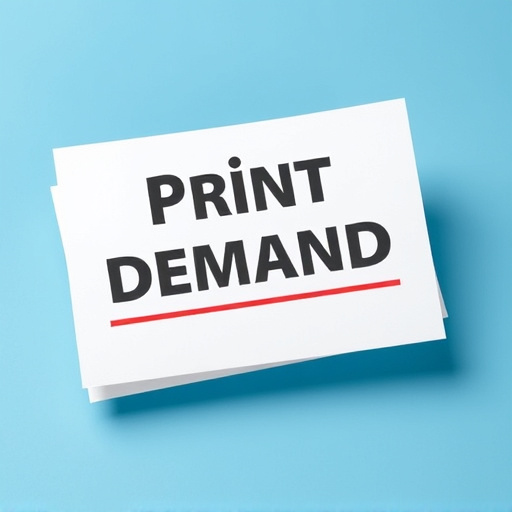
Understanding DTF Cost-Effective: The Basics Unveiled
DTF (Direct to Film) cost-effective printing has emerged as a game-changer in the world of custom graphic tees and clothing. This innovative technology allows for precise, high-quality printing directly onto film, which is then used to transfer designs onto various materials, including fabric. By eliminating the need for traditional printing methods and their associated costs, DTF offers a more affordable option for businesses and individuals looking to create custom prints.
The direct to film printer enables efficient production runs, making it ideal for small batch orders or even single-item customizations. Moreover, cold peel DTF transfers ensure a smooth, lasting finish on the final product. This method is not only cost-effective but also versatile, accommodating a wide range of design complexities and material types. In terms of customization, DTF printing empowers folks to transform their ideas into tangible, indelible creations with minimal hassle and expenditure.
How DTF Compares to Traditional Printing Methods
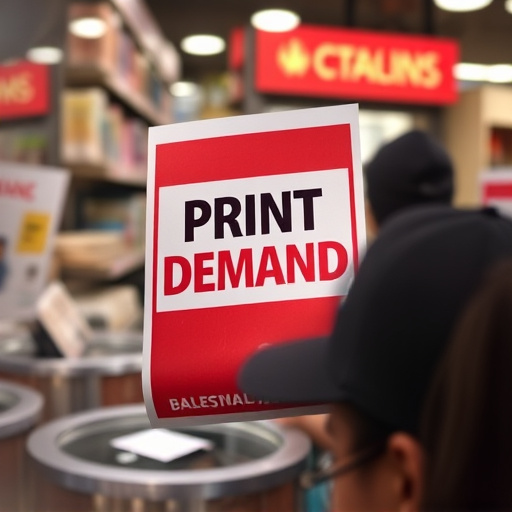
Direct to fabric (DTF) printing has emerged as a game-changer in the custom printing industry, offering a cost-effective alternative to traditional methods. Unlike older techniques that often required complex set-ups and expensive machinery, DTF printers streamline the process by directly applying ink to fabric without the need for intermediate steps. This simplicity results in significant savings, making it an attractive option for businesses and individuals looking to print on demand.
When compared to traditional printing methods like screen printing or heat transfer, DTF stands out for its efficiency and versatility. Screen printing, while versatile, can be time-consuming and costly, especially for smaller orders. Heat transfer prints, though faster for bulk production, often struggle with intricate designs and dark fabrics due to the limitations of the transfer sheets. In contrast, DTF printers excel at producing high-quality, vibrant prints on a variety of fabrics, including darker hues, thanks to their use of specialized dtf transfer sheets. This versatility opens up new possibilities for creative expression in custom apparel and textile design.
Case Studies: Real-World Success Stories of DTF Custom Printing
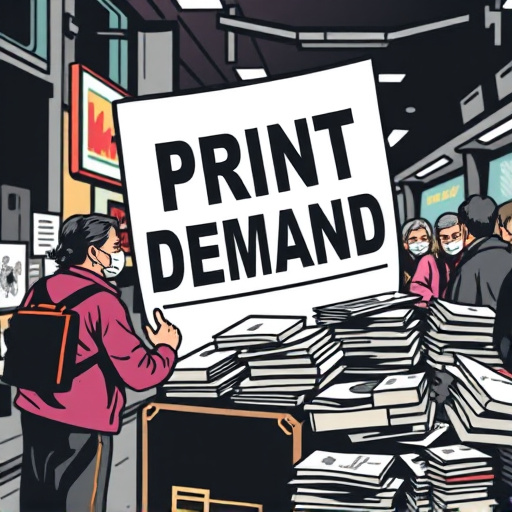
Custom DTF transfers have gained significant traction in various industries, showcasing their DTF cost-effective benefits through real-world success stories. For instance, a small local apparel brand utilized DTF for Apparel to print unique designs on t-shirts and hoodies, allowing them to offer limited-edition pieces without breaking the bank. This approach not only catered to their niche market’s demand for exclusive merchandise but also ensured financial sustainability.
Another case study highlights a marketing agency that adopted DTF printing for promotional items. They produced custom DTF transfers for phone cases, laptops, and bags, featuring catchy designs and brand logos. This strategy allowed them to offer clients cost-efficient solutions while maintaining high-quality results. The flexibility of DTF printing enabled the agency to accommodate diverse client needs, further solidifying its position as a go-to service provider in the promotional products space.
DTF (Direct-to-Fabric) printing has emerged as a game-changer in the custom printing industry, offering an unparalleled level of cost-effectiveness. By streamlining production processes and eliminating traditional waste, DTF technology ensures that businesses can offer high-quality, personalized products at competitive prices. The case studies presented highlight successful real-world implementations, demonstrating the versatility and efficiency of DTF printing across various sectors. As we look ahead, embracing DTF Cost Effective methods promises to revolutionize custom printing, making it more accessible and affordable for all.




